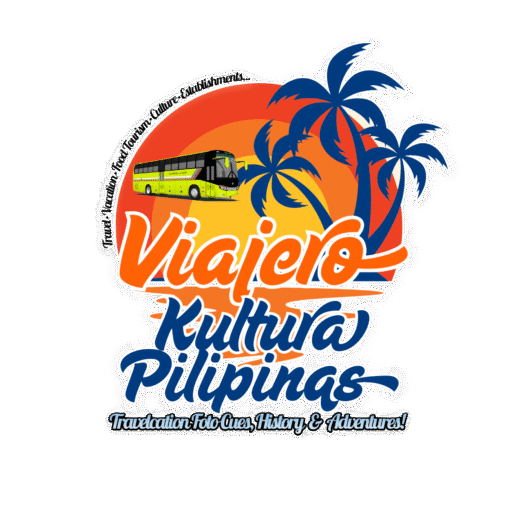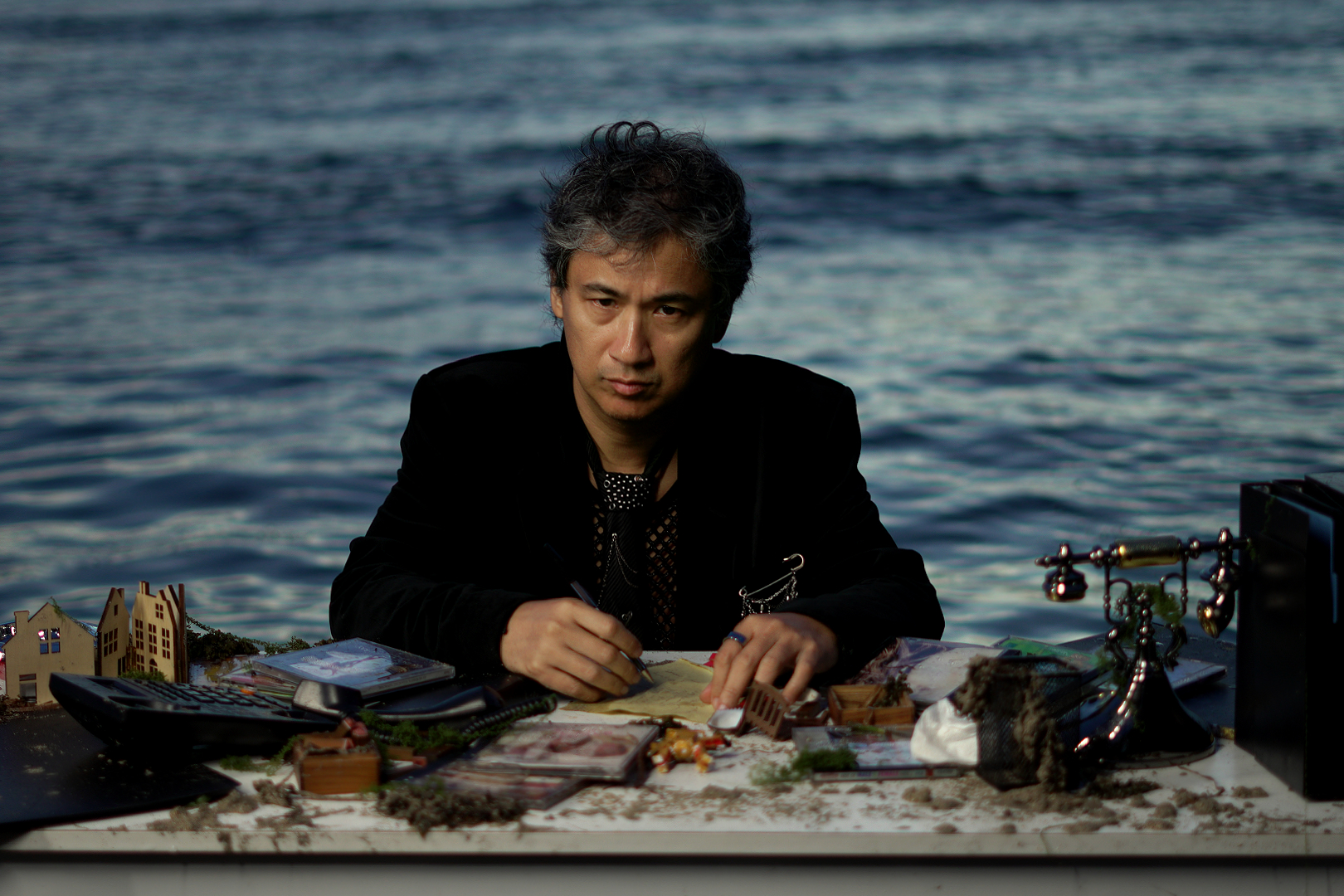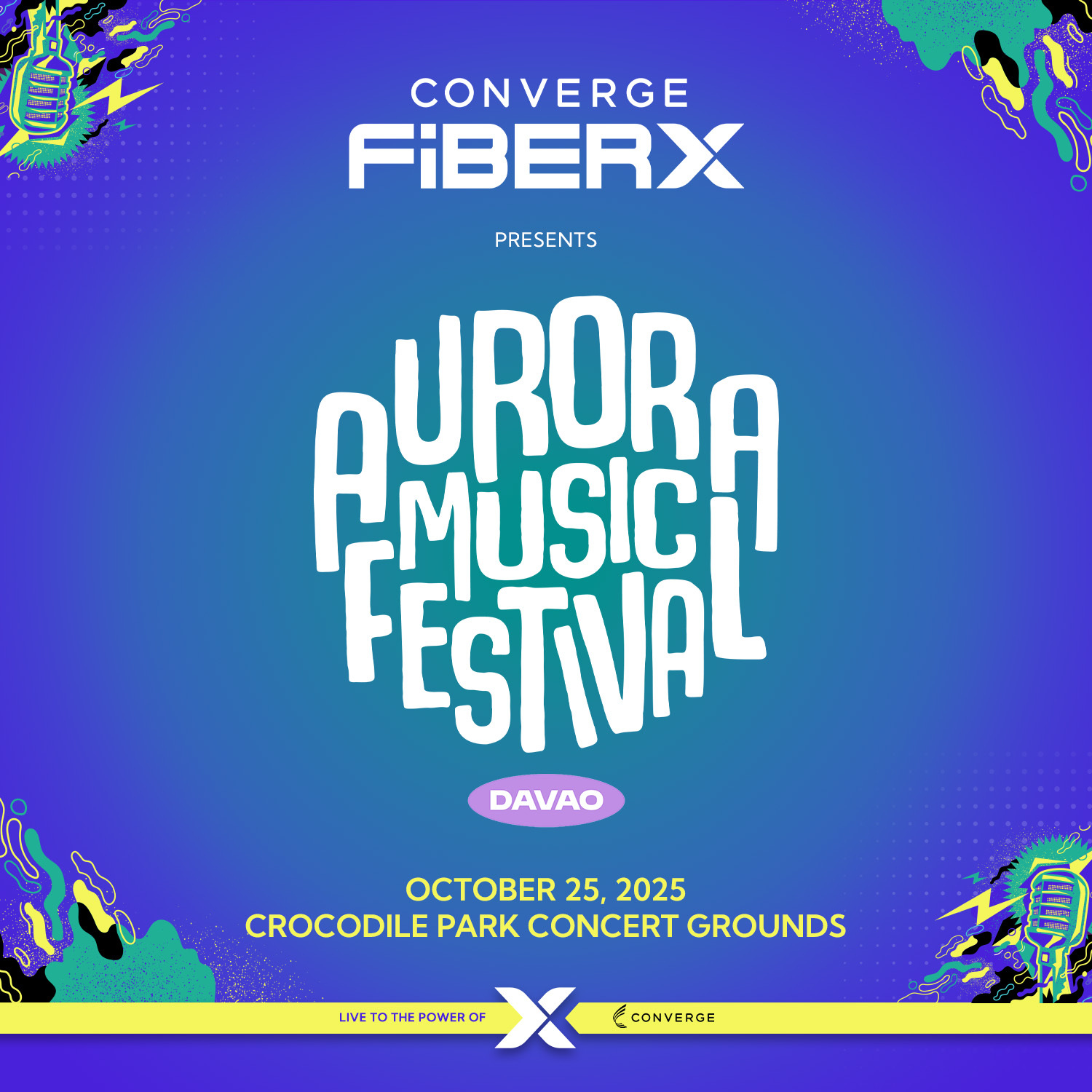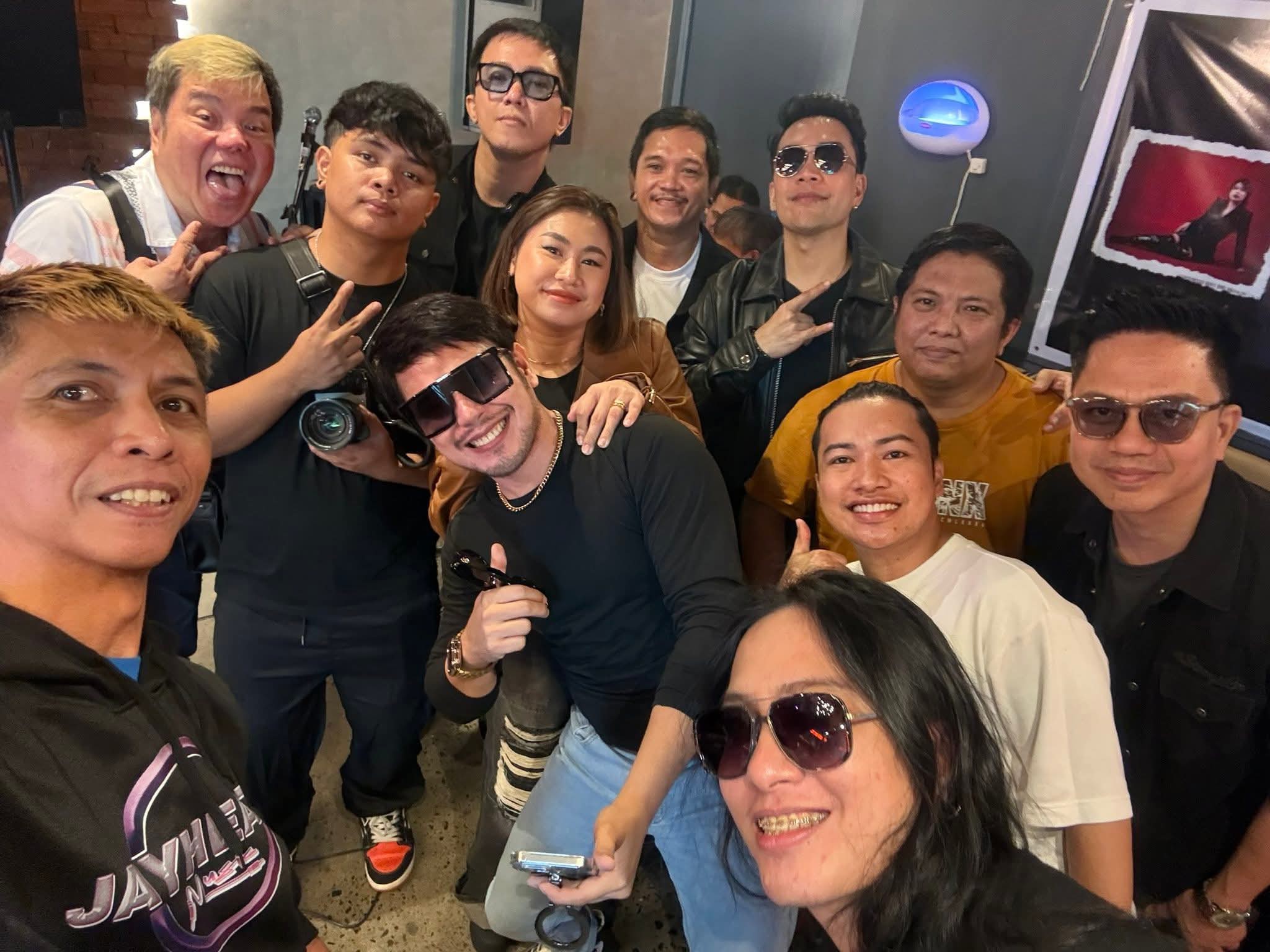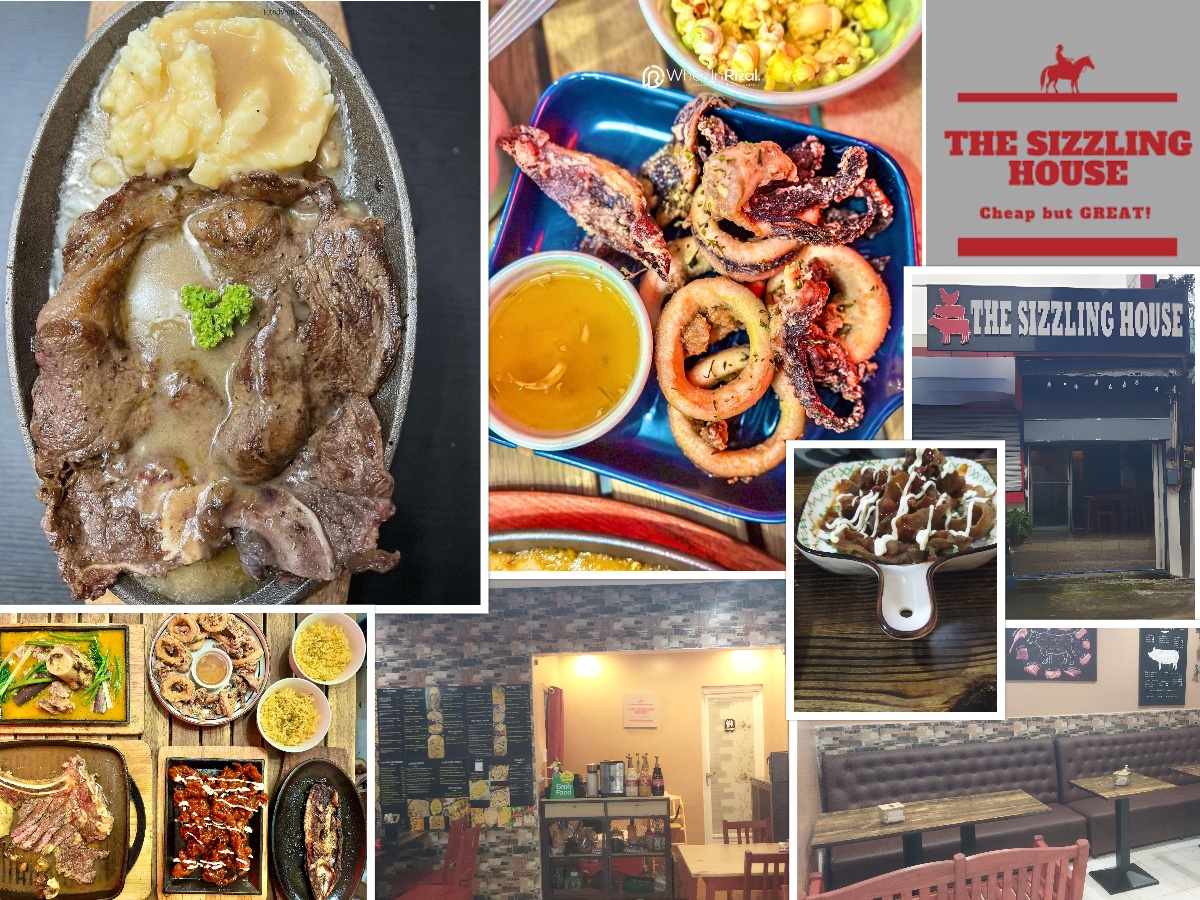Bacolod City Uncovered: The Soul Behind the City of Smiles
Situated in the center of Negros Occidental, Bacolod City is renowned for its MassKara Festival, delicious sweets, and endless hospitality. Bacolod isn’t simply a place to visit; it’s an experience full of hidden stories, eccentric personalities, and communities that extend beyond the city’s picture-perfect festivals and sugar-coated smiles. Bacolod City is one of the Philippines’ most distinctive cultural enclaves, and this article explores all the reasons why.
The Quietly Influential Artists’ Collective of Barangay 17
The Art District in Mandalagan is known for its murals and bohemian vibe, but Barangay 17 is home to a tight-knit community of underground painters, tattooists, and experimental musicians. This community values uncensored creativity. Punk gigs at sari-sari stores, spoken word in backyard gardens, and zine swaps in tricycle terminals are common.
Hidden Fact: A number of internationally recognized digital artists and animators trace their roots to this area, quietly producing concept art for global studios while sipping kapeng barako in their home studios.
The Sugarcane Whisperers: Life Among the Hacienderos and Sacadas
While the sugar industry’s opulence is often associated with colonial mansions and affluence, Bacolod also tells a parallel story through the lives of sacadas—seasonal laborers whose stories are rich with grit, humor, and resilience.
In contrast, modern-day haciendero families now play a subtler role in the city’s socio-political landscape. Some have transitioned from traditional landowners to community-oriented entrepreneurs and eco-farm advocates.
Hidden Fact: A growing number of young hacienderos are championing regenerative agriculture and sustainable food production, quietly reshaping Negros’ reputation from a monocrop economy to an agroecological pioneer.
Negrosanons of the Night: The LGBTQIA+ Scene with a Twist
Bacolod has long been known as a relatively open-minded city with a thriving LGBTQIA+ community. But beyond the beauty pageants and rainbow flags lies a rich subculture of drag artistry, house ballroom culture, and queer poetry that flourishes in indie cafés and late-night home gatherings.
Unique Character: “Tita Baby,” a 60-year-old transgender woman who runs a neighborhood eatery and mentors young drag queens, is a local legend. She’s credited with bringing the first underground drag ball to Bacolod in the early 2000s.
The Eccentric Foodies and Culinary Traditions You Don’t Hear About
Inasal and piaya are the tourist favorites, but Bacolod’s suburban kitchens and ancestral homes preserve Negrense delicacies like kansi (sour bone marrow soup) and butong-butong. On Sunday mornings, Villamonte and Alijis residents experiment with batchoy ramen, ube chicken inasal, and kape kag tuba pairings.
Hidden Fact: Bacolod is home to a group of home cooks and culinary historians quietly compiling an “unofficial edible archive” of Negrense cuisine, documenting recipes passed down orally for generations.
The MassKara Festival’s Unsung Heroes
Everyone knows about the flamboyant costumes and street dancing, but few know about the backroom heroes — mask-makers in Barangay Sum-ag, fabric artisans in Banago, and percussionists in Taculing. These people spend months preparing, often anonymously, for a festival that the world sees as Bacolod’s face.
Quirk: One of the city’s most prolific mask-makers claims he once created a mask entirely out of discarded rosaries as a tribute to his late mother, turning grief into celebration.
Spiritual Subcultures: Beyond Catholicism
Bacolod, despite Catholicism’s dominance, is a fusion of folk belief systems, indigenous spiritual practices, and esoteric sects. In the outskirts, spiritual guides called “albularyos” and “hermanos/hermanas” conduct healing rites that blend animism with Christian symbolism.
Hidden Fact: In Barangay Granada, there’s an annual secret gathering during the full moon where healers exchange herbal secrets, spiritual chants, and even talismans. Word of mouth is the only method of attendance.
The Silent Innovators and Technophiles
Beyond the heritage homes and sugar mills, Bacolod is quietly positioning itself as a tech-forward city. A number of startups and grassroots tech groups are emerging, particularly from local universities like the University of St. La Salle and Carlos Hilado Memorial State University.
Quirk: The first virtual reality arcade in Western Visayas started in Bacolod as a backyard project by a 19-year-old computer science student—using salvaged parts from old gaming consoles and school computers.
The Jeepney Artists of Libertad
The jeepneys of Bacolod aren’t just transportation—they’re canvases of local folklore, political satire, and even lost love stories. The painters at Libertad terminal often work freelance, painting everything from anime to saints and soap opera quotes.
Hidden Gem: There’s one particular jeepney, nicknamed “The Gospel of Kaldereta,” with its entire exterior painted as a culinary ode to the beloved goat stew—complete with verses and recipes.
Bacolod City is much more than just the City of Smiles. It is a city of paradoxes: ancient yet modern, sacred but eccentric, refined and rebellious. To truly experience Bacolod, one must dig beneath the tourist-friendly surface and embrace the beautiful messiness of its people and culture.
So, the next time you find yourself in Bacolod, take a moment. Step off the main road. Listen to the rustling of sugarcane leaves. Follow the aroma of an unusual dish being cooked. And maybe—just maybe—you’ll find yourself part of a story that doesn’t make it into travel brochures but stays in your heart forever.
VKP, BACOLOD CITY: COLOR, RHYTHMS & CULTURE

